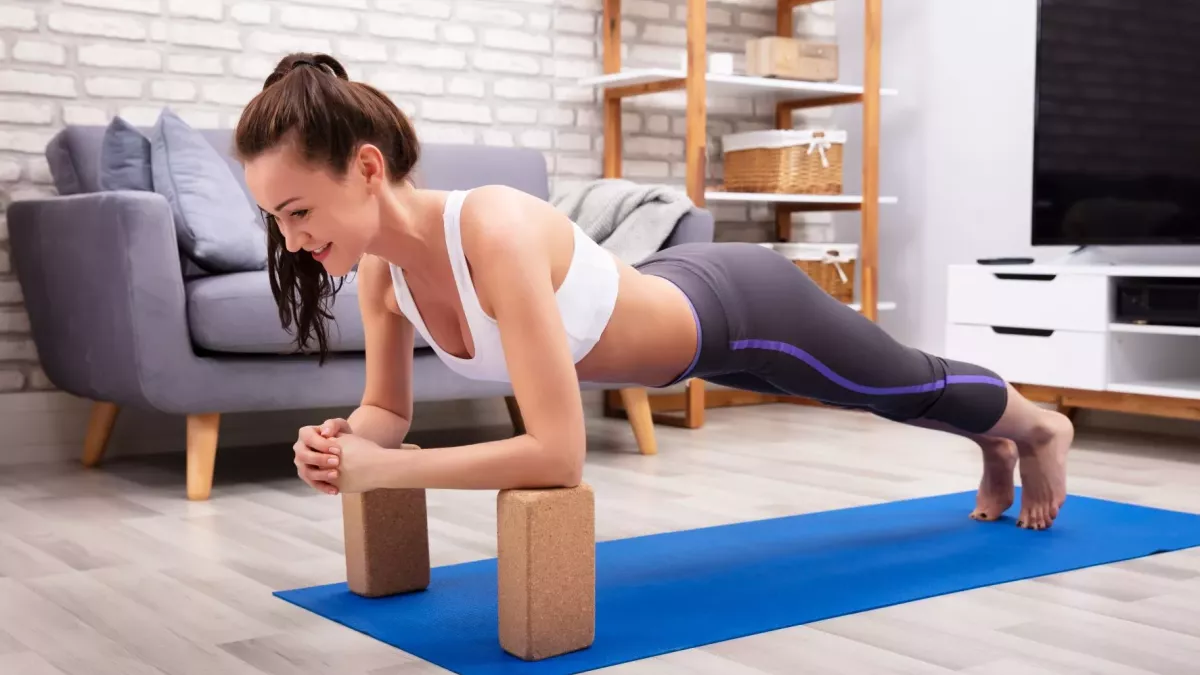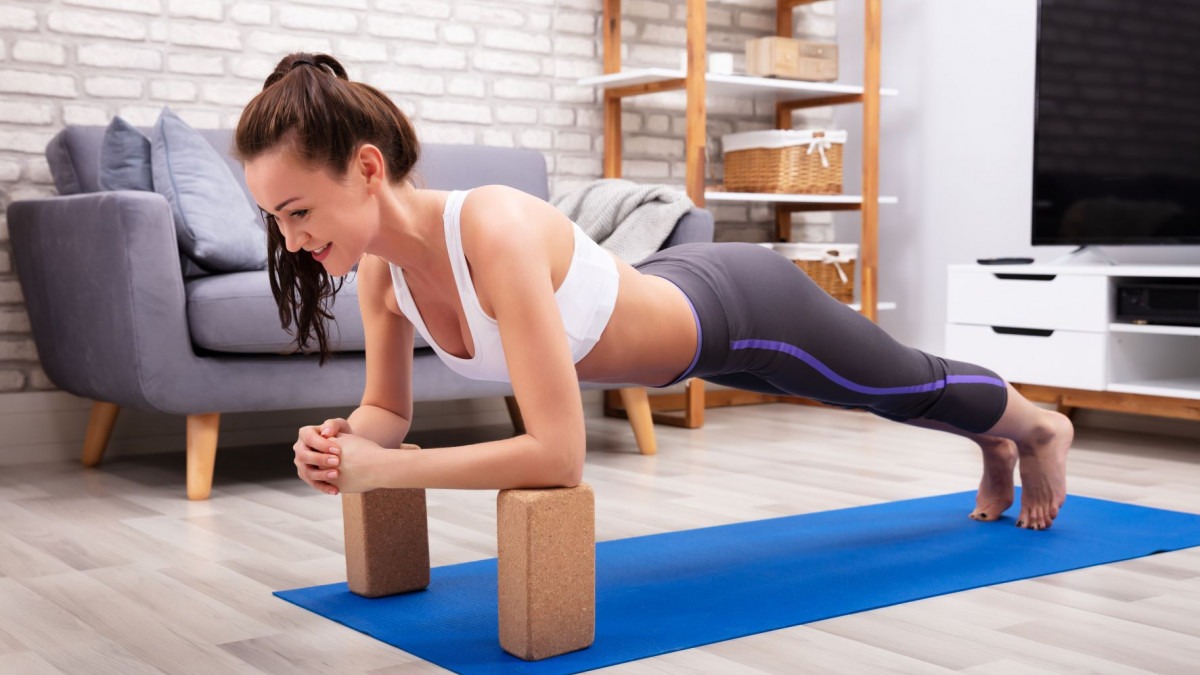Verified on 01/31/2023 by PasseportSanté

Yoga bricks, also called yoga blocks, are props used to aid students in their practice. They have three main objectives: to make yoga postures more accessible, to serve as support and to work on strength and flexibility. If appropriate and well used, yoga blocks can enhance and enrich your practice.
To know how to choose your yoga bricks and use them? Follow the guide !
Bricks are tools to help you practice yoga
Yoga blocks have been used for decades. They have been specifically created to support students of all levels in their practice. It is a tool which makes it possible to adjust the intensity of the postures and constitutes a precious aid. The yoga bricks allow you to progress, to go further in the postures and to better understand them.
The use of bricks will allow you to:
- Develop strength in the upper body;
- Practice with better alignment;
- Protect and strengthen fragile wrists;
- Deepen the postures.
Why use yoga bricks?
Yoga blocks make postures more accessible
The bricks allow you to practice yoga safely.
They accompany you in all postures that require bending or twisting. For a beginner, this type of postures can sometimes be difficult to grasp.
In yoga, the simple act of bending over to touch your toes can be challenging. Stiffness is usually due to a lack of mobility or a limited range of motion. With sedentarization, your hips do not move enough and lose mobility. This is especially true if you spend the majority of your days sitting in front of a computer. So to overcome this lack of flexibility, the first reaction is often wrong to force… But if your hips are stiff, your back compensates! And that’s how you hurt yourself, because you exert maximum force on a vulnerable part of the body. To avoid injury in this posture and protect your lower back, you can use a yoga block.
By placing the brick on the ground at a height that suits you, you will be sufficiently elevated and you can perform the pose easily. You probably won’t touch your feet today, but using the brick will allow you to adopt the correct alignment and progress little by little.
The bricks are a real support in demanding postures. In certain postures on the ground, the yoga bricks also act as a support. They are there to allow you to rest your body on a base and relieve pressure. They promote relaxation and a better alignment of the body.
The role of yoga blocks for stability and muscle engagement
Yoga blocks give you more stability and teach you how to engage the right muscles in the poses. Indeed, they not only allow you to raise the ground to be able to reach it, but they are also a support in which you can press strongly.
A block has three different heights depending on which side you use. Depending on the posture and your needs, you can alternate between the low, medium and high position. The ideal is to be able to rest your hand flat in the block. This gives you a mechanical advantage and you can use all your strength to improve your engagement in the posture.
Challenge yourself and build strength with yoga blocks
To build strength, we primarily rely on the principles of adaptation and progressive overload. Adaptation states that when you do a yoga posture, your body gets stronger over time and adapts to it. Then comes the progressive overload that allows you to continue to challenge your body over time. You can use your yoga blocks to add weight and tension in postures to deepen your practice, strengthen and stretch the body.
There are different types of yoga blocks. Here are some recommendations for choosing the best ones for your practice and goals.
Yoga bricks are usually bought in pairs. If you are only using the brick as a support to go deeper into the postures, then a single brick may be enough. On the other hand, if you want to work on strengthening and flexibility, you will need two, one on each side.
There are foam, cork and wooden blocks. Foam bricks are soft and light. They are ideal for beginners, as they offer more comfortable support. Cork bricks provide excellent grip. They are also environmentally friendly and generally last longer than foam blocks.
Finally, wooden bricks are harder and therefore less comfortable, they are however extremely robust, but their price is higher.
Of in general, the dimensions yoga bricks are pretty standard. They measure approximately 22cm x 11cm x 7cm.
Depending on the brands and materials, the price of a yoga brick can vary from 5 to 25 euros per unit.
100% Readers found this article helpful And you?
Was this article helpful to you?
We wish to thank the writer of this post for this awesome web content
Yoga brick: what is it for and how to choose it?
You can find our social media profiles here as well as additional related pages here.https://nimblespirit.com/related-pages/

